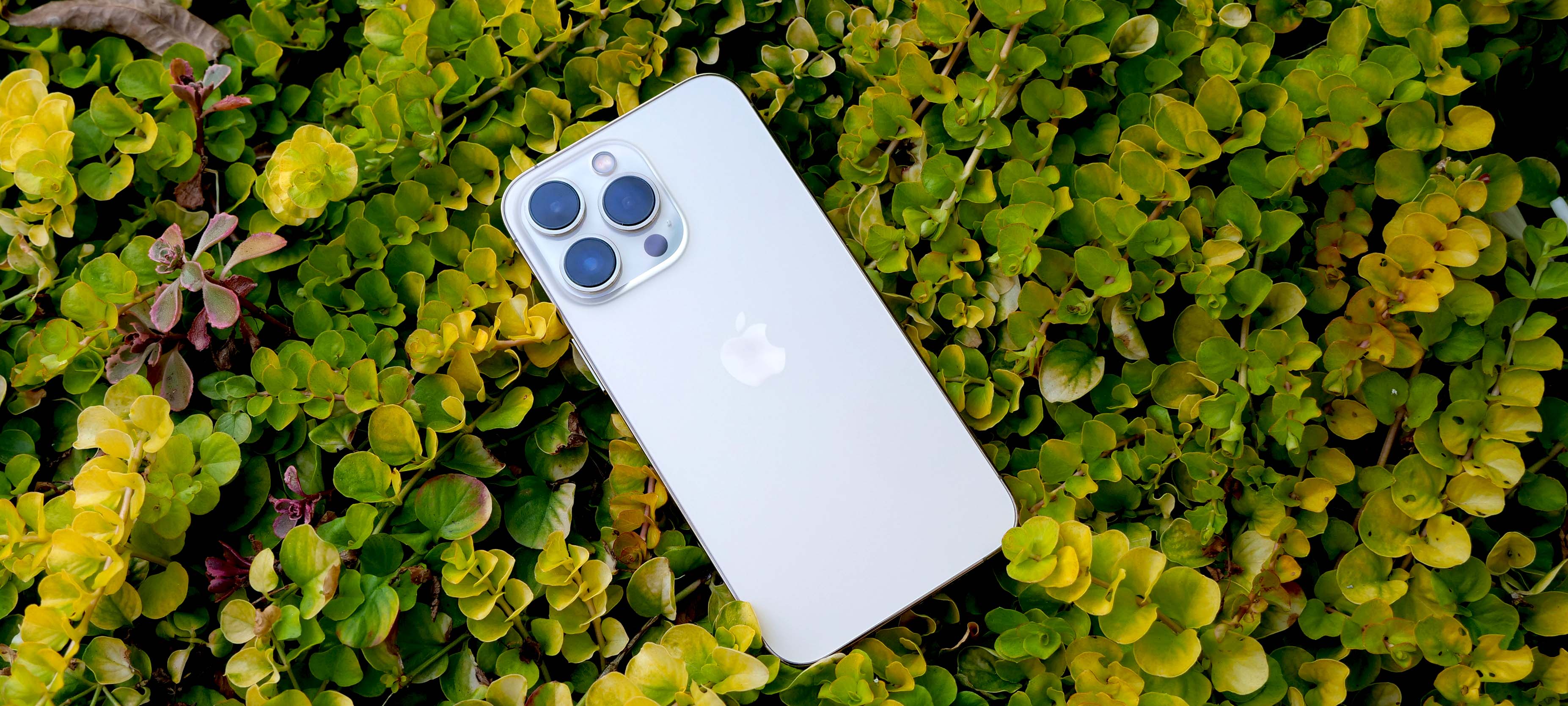Laptop Mag Verdict
The iPhone 13 Pro is no longer a Pro Jr. with specs to match the best that the iPhone 13 Pro Max or any Android flagship on the market has to offer.
Pros
- +
Bright 120Hz display
- +
Excellent camera performance
- +
Unmatched software support
- +
Outstanding battery life
- +
Untouchable performance
Cons
- -
Telephoto needs more reach
- -
Slow charging
- -
Notch needs to go
Why you can trust Laptop Mag
Price: $999 (starting), $1,499 (as reviewed)
OS: iOS 15
Display: 6.1-inch (2,532 x 1,170 pixels) 120Hz Super Retina XDR OLED
CPU: A15 Bionic
RAM: 6GB
Rear cameras: 12MP wide (ƒ/1.5); 12MP ultra-wide (f/1.8); 12MP 3x telephoto (f/2.8)
Front cameras: 12MP (f/2.2)
Storage: 128, 256, 512GB or 1TB
Battery: 12 hours
Size: 5.8 x 2.8 x 0.3 inches
Weight: 7.2 ounces
iPhone 13 Pro, like the other iPhone 13 models, looks almost identical to its predecessor. But still waters run deep and there is a powerful upgrade current underneath that seemingly placid exterior.
This is truer for the iPhone 13 Pro than any of the other iPhone 13 models. It not only gets the A15 Bionic processor and improved battery life we saw across the entire lineup this year, but with the exception of the battery and screen size, it matches the iPhone 13 Pro Max spec-for-spec.
You are no longer choosing a lesser Pro iPhone, but a smaller Pro iPhone which makes it the best iPhone for most people this year and one of the best phones on the market.
iPhone 13 Pro price and configurations
The iPhone 13 Pro is available in four storage configurations starting at $999 for 128GB and topping out with a new 1TB option for $1,499. 256GB is the Goldilocks model for many people at $1,099, while 512GB for $1,299 should prove plenty for all but the most aggressive of digital hoarders.
All four models share otherwise identical specs including the new A15 Bionic processor, 6GB of RAM, and an upgraded triple camera array. There are four color options available with the new pale Sierra Blue joining the familiar Silver, Gold, and Graphite.
Apple continues to hold the line with its pricing, although that may change next year. While the iPhone 13 Pro at $999 may not feel like a bargain, it feels like a better value than last year’s iPhone 12 Pro considering the updates you are getting this year.
As per usual, you aren’t going to find outright discounts on the iPhone, but the carriers and Apple itself have some potentially enticing iPhone 13 deals with trade-in offers that will take some of the sting out of the $1,000 and up pricing.
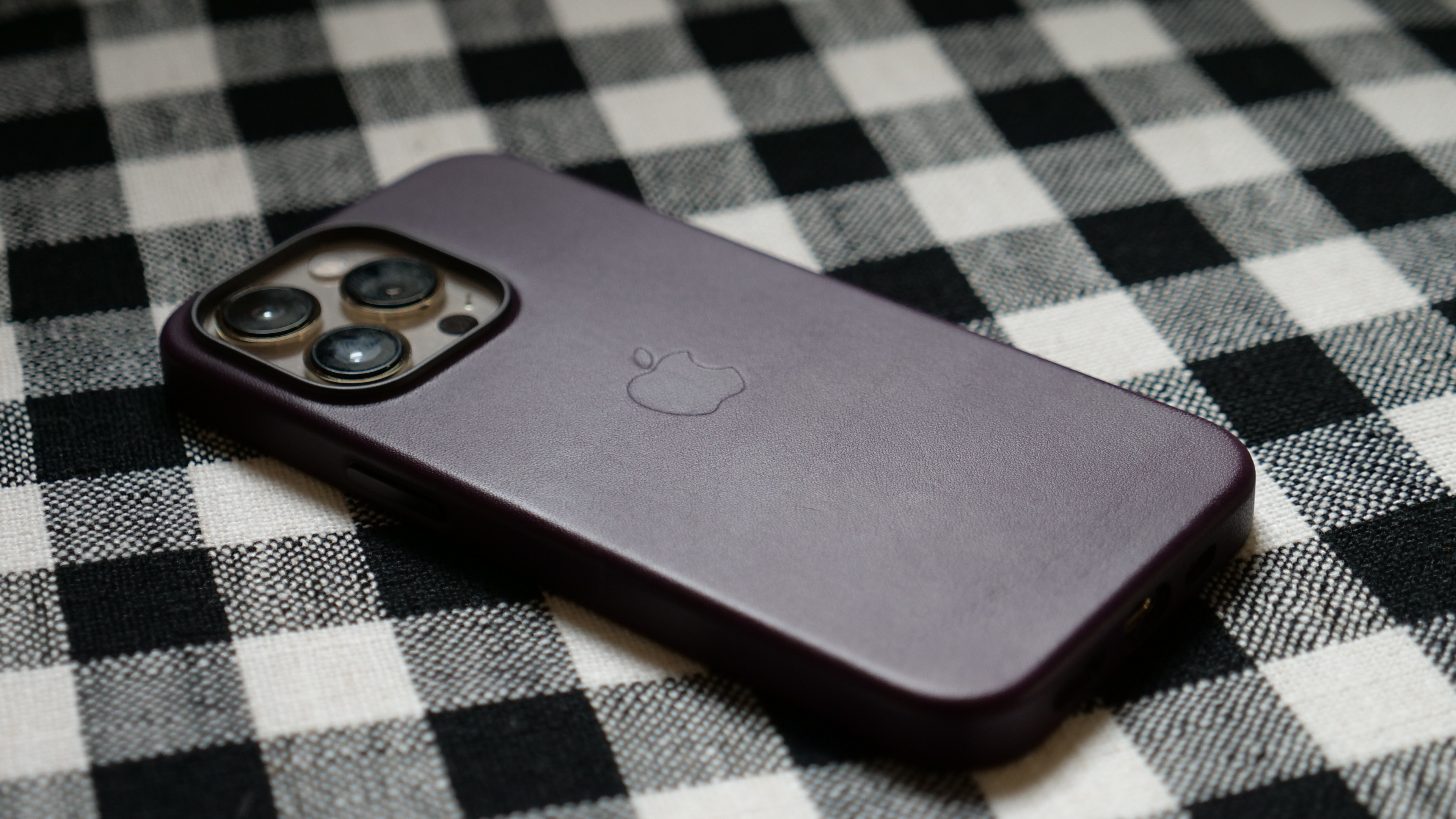
iPhone 13 Pro design
As I mentioned at the outset, the iPhone 13 Pro is almost completely unchanged from the iPhone 12 Pro from a design standpoint. This is no surprise after last year’s massive redesign and I’m still enamored with the distinctive squared-off look of the iPhone, but if you like your phone to stand out as the new iPhone, that isn’t happening with the iPhone 13 Pro.
However, upon closer inspection, you will notice some slight changes to the iPhone 13 Pro. The most welcome of these is the smaller display notch. Apple claims that it is 20% smaller, which isn’t the notch eliminating update that some were hoping for, but it is a perceptible difference.
On the flip side, the rear camera array of the iPhone 13 Pro is larger than on the iPhone 12 Pro. The lenses are wider and extend even further from the back of the phone, enough to prevent iPhone 12 Pro cases from fitting the iPhone 13 Pro. I’ve been using an Apple leather case throughout my time with the phone and I can’t imagine setting it down on its back while going caseless. There’s definitely a payoff for the larger array as you’ll see in the camera section, but from a purely aesthetic and usability standpoint, it’s a step backward.
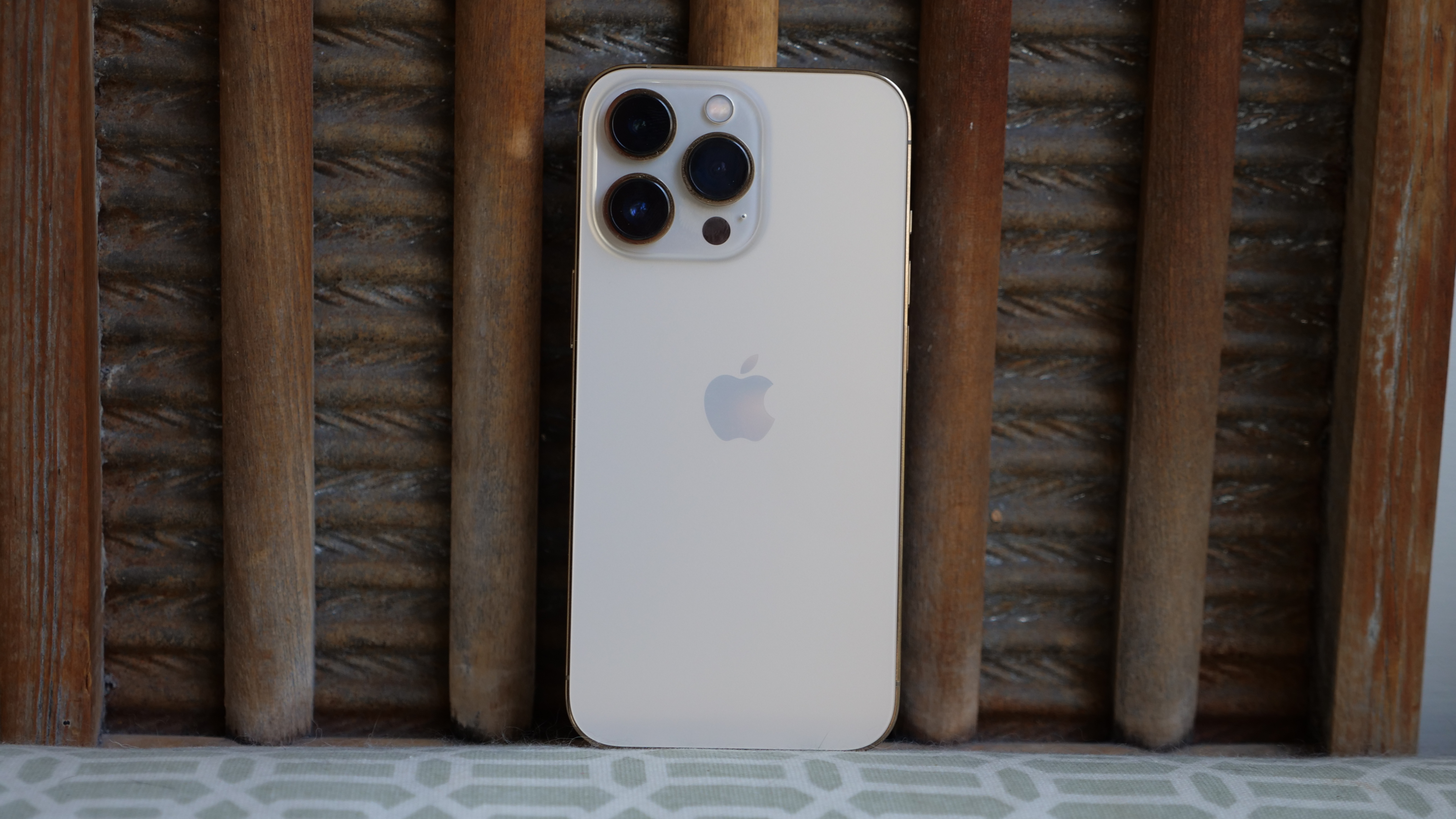
The iPhone 13 Pro is also slightly thicker heavier than last year’s model; its 5.8 x 2.8 x 0.3-inch frame and 7.2-ounce weight is a perceptible bump up from the iPhone 12 Pro (5.8 x 2.8 x 0.29, 6.7 ounces), but it’s for a good cause as you’ll see when I get to the battery life. It does make the iPhone 13 Pro heavier than its much larger-screened competitors like the OnePlus 9 Pro (6.4 x 2.9 x 0.34 inches, 7 ounces) and the Galaxy S21 Plus (6.4 x 3 x 0.31 inches, 7.1 ounces).
While the AllState durability test showed that the iPhone 13 Pro remains breakable in a drop, it is still one of the tougher phones on the market. Apple’s Ceramic Shield display covering is more about protection from scratches than shattering. The IP68 dust and water resistance on the iPhone 13 Pro is also among the best with Apple boasting it can survive up to 30 minutes at 6 meters (~20 feet), which is double the depth competitors like Samsung claim for the Galaxy S21 Ultra.
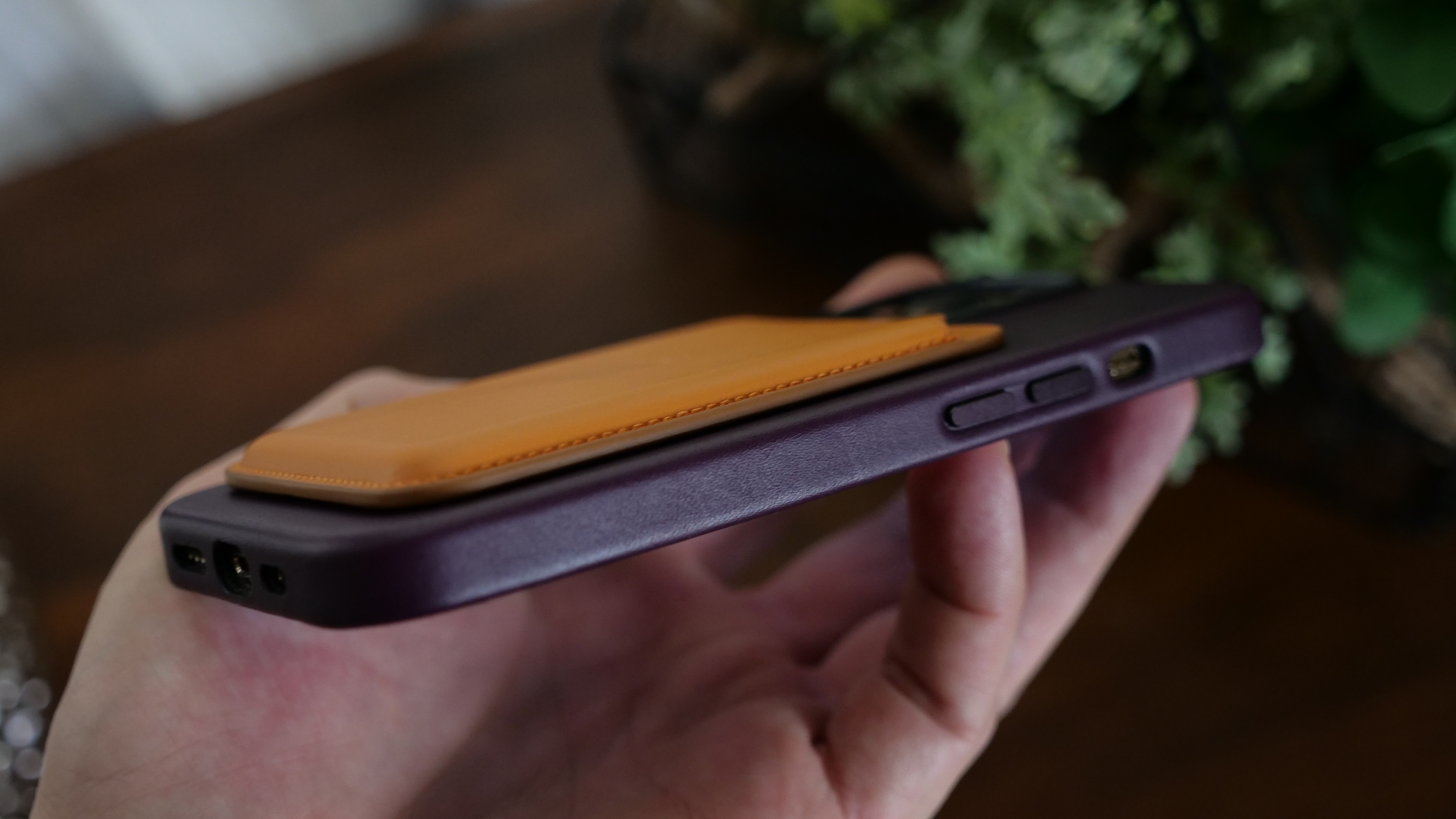
Otherwise everything on the iPhone 13 Pro remains the same. The Lightning port is still stubbornly in place and for wireless charging fans, Apple’s MagSafe is invisibly present on the back of the phone. The left-side features the mute switch and volume up and down buttons, while the right adds just the multi-function side button for summoning Siri and waking the phone.
My review unit is the gold model, which matches the iPhone 12 Pro Max I reviewed last year. I said last year that this color option made me “feel a bit like a villain in a Bond movie” and I’m sticking to that analysis. If anything Apple upped the ante with a purple leather case to go with it, giving my iPhone 13 Pro review unit the look of smartphone royalty.
However you felt about the iPhone 12 Pro design last year, the iPhone 13 isn’t going to move the needle up or down — for that, you'll need to wait until the iPhone 14 next year.
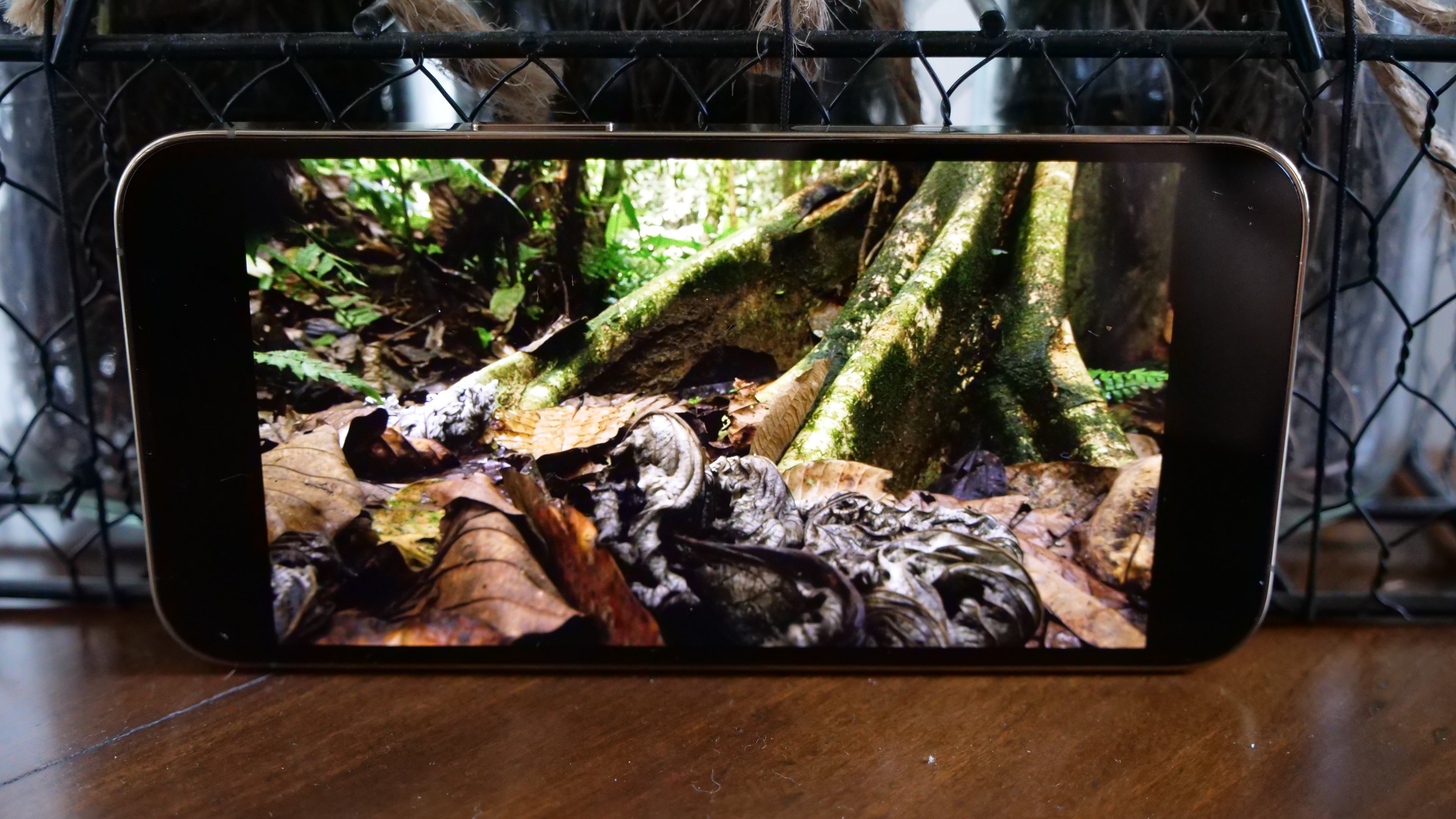
iPhone 13 Pro displays
A quick glance at a specs sheet will show you that the iPhone 13 Pro features a 6.1-inch Super Retina XDR display with a 2532 x 1170 pixel resolution, just like last year. Other than those precious extra pixels you are gaining at the top of the display from the smaller notch, it would seem like not much has changed.
However, you'll notice a difference the moment you start scrolling through content or opening and closing apps on the phone. The iPhone 13 Pro has finally brought a fast refresh rate display to the iPhone with ProMotion, Apple’s name for its 120Hz adaptive refresh rate displays. It’s similar to what we’ve seen from Samsung and other Android manufacturers for the last couple of years. The Galaxy S21 Ultra is the best comparison as it can also scale from 10Hz up to 120Hz based on what’s on-screen and how you are interacting with it.
This update was overdue and is one of the best features exclusive to the Pro models this year. While Apple is in the process of getting 3rd-party developers up to speed on how to deliver the full 120Hz in their animations, buttery-smooth scrolling and the power efficiency benefits are already in place system-wide.
Yes, 120Hz is the highlight new feature of the display this year, but it wouldn’t of course matter if the display itself underperformed. Fortunately, that’s not the case.
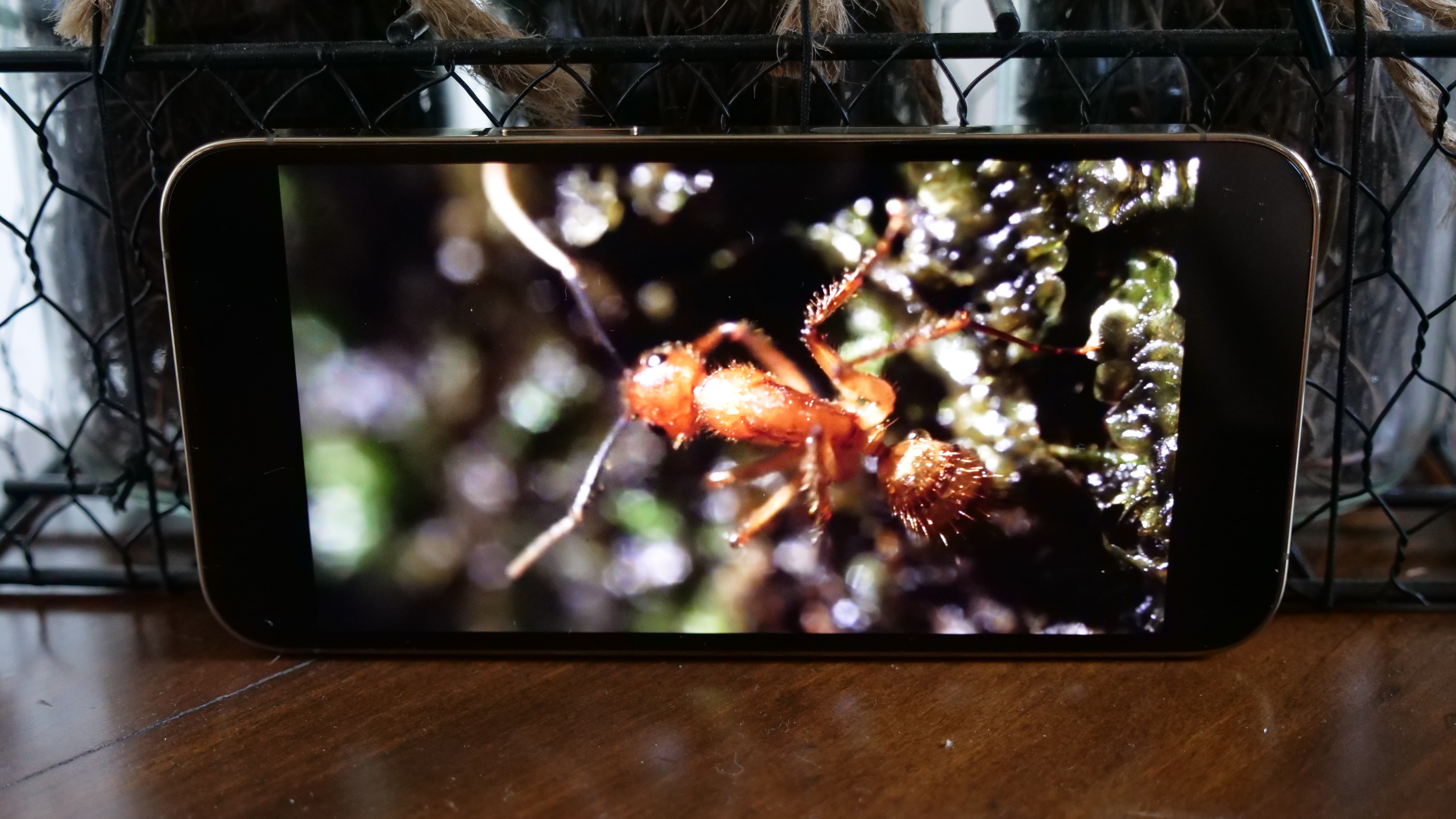
I turned to my frequent HDR testing companion “Our Planet” on Netflix to see how Apple’s HDR support and reportedly brighter display handled the breathtaking cinematography. I was not disappointed. Watching the episode on jungles had an absolutely surreal look to it with the depth of color and lighting shift from the dead leaves on the forest floor to the glint of light through the green canopy at the top all rendered flawlessly. A subsequent scene with an ant showed the color reproduction with the semi-translucent amber body of the ant in crisp detail down to the tiny hairs on its legs and body.
Looking at our lab testing, the iPhone 13 Pro color reproduction is quite good at 82.5% of the DCI-P3 color gamut. The OnePlus 9 Pro (84.9%) edged it out slightly, but it was good enough to top the Samsung Galaxy S21 Plus (73.5%) and the iPhone 12 Pro (81.9%). It’s worth noting that these comparisons are with the Android phones using their “Natural” setting, both feature a vivid display mode which lets them boost much higher: 147.4% for the OnePlus 9 Pro and 150.4% for the Galaxy S21 Plus.
The Delta-E color accuracy test results (lower is better) were solid, but not outstanding for the iPhone 13 Pro, with a 0.27. That is behind the OnePlus 9 Pro (0.20) and the Samsung Galaxy S21 Plus (0.18), but a slight improvement over last year’s iPhone 12 Pro (0.28).
The iPhone 13 Pro does enjoy one decisive display victory: peak brightness at 1,024 nits. That’s the brightest smartphone display we’ve tested by a significant margin. The OnePlus 9 Pro (722 nits), Galaxy S21 Plus (747 nits), and iPhone 12 Pro (743 nits) were all among the best last year yet are distantly behind.
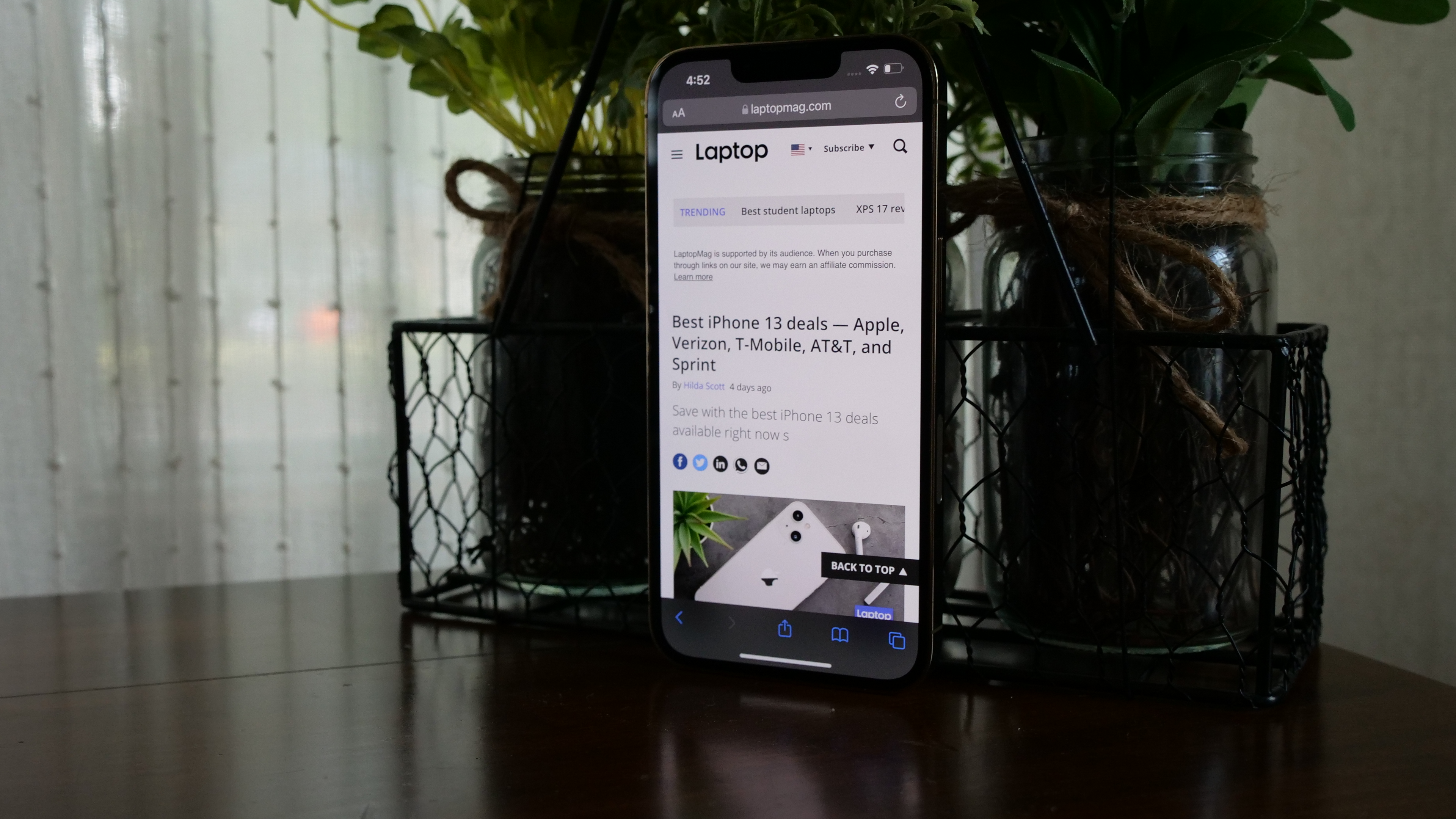
iPhone 13 Pro performance
Is there such a thing as having your phone or laptop be too fast? It feels like Apple is trying to find that limit. The A14 Bionic held on to the top spot as the fastest mobile processor on the planet through the release of the Snapdragon 888 and may still top the Snapdragon 898 whenever it arrives, but Apple is already rocketing further into the upper atmosphere with the A15 Bionic.
When it comes to raw performance the iPhone 13 Pro, just like the iPhone 12 models last year, cannot be challenged by any existing real-world tasks. Load dozens of Google Chrome tabs, run a YouTube video in the background, render a 4K video, and the iPhone 13 Pro will not bat an eye or drop a frame. While support for the 120Hz refresh rate isn’t available in almost any apps or games at the moment, there’s no question the A15 Bionic will handle that readily when developers update for the new display.
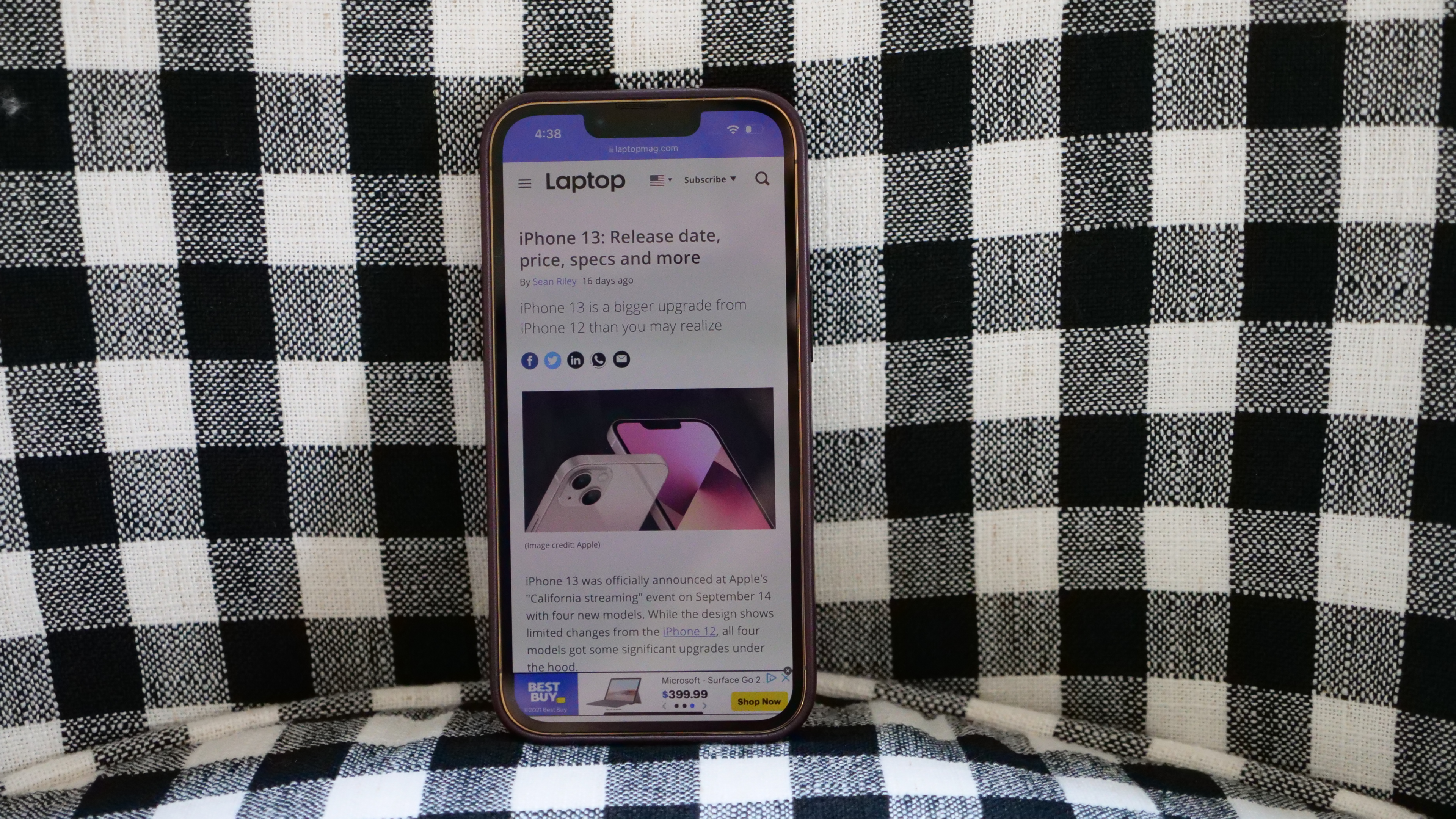
The iPhone 13 Pro hit an almost comical Geekbench 5 multi-core score of 4,718. That’s a shockingly significant jump from the iPhone 12 Pro (3,669) and obliterates the Galaxy S21 Plus (3,300) and the fastest Android phone we tested previously, the OnePlus 9 Pro (3,685).
Graphics benchmarks were similarly stratospheric with 70 frames per second in the Wild Life Unlimited 3DMark test. That’s double the OnePlus 9 Pro (35 fps) and Galaxy S21 Plus (33 fps), and impressively ahead of the already incredible iPhone 12 Pro (51 fps).
So while I go out of my way to assert that there is just nothing you can do to slow down the A15 Bionic at present, the reason all of that performance headroom is still relevant is the potential longevity of an iPhone. While many replace their phone after 2 to 3 years, Apple will likely be providing software updates to the iPhone 13 Pro into 2027. It’s plausible that, by then, this currently superfluous performance will be taxed to its limits.
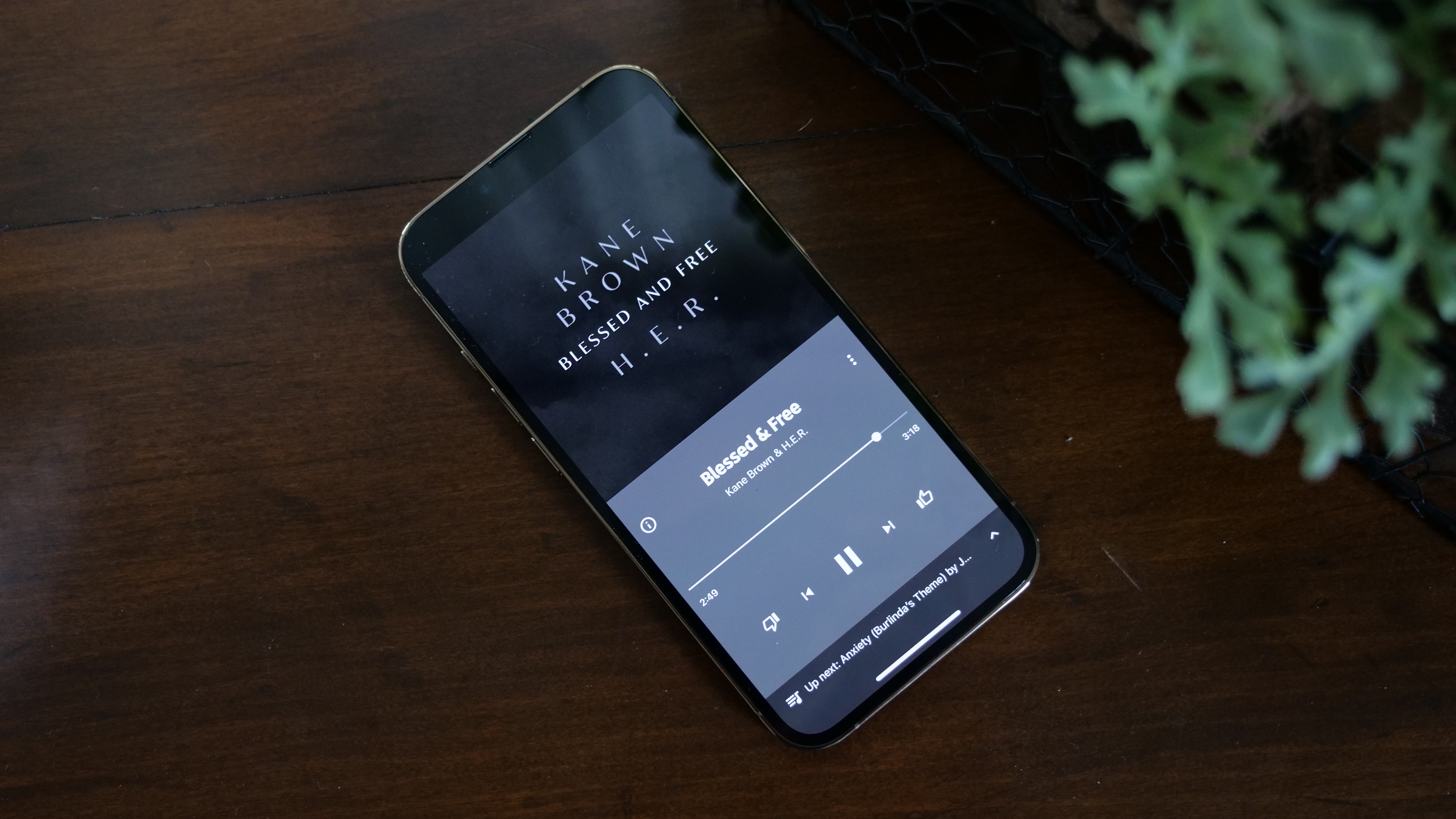
iPhone 13 Pro audio
The iPhone 13 Pro has stereo speakers located at the top and bottom of the phone and Dolby Atmos support and 3D spatial audio support.
I listened to Kane Brown and H.E.R.’s “Blessed and Free,” and the iPhone 13 Pro speakers delivered crisp and clean audio at a max volume that was more than enough to fill my 12 x 18-foot listening space. The blended harmonies and soft percussive backing sound can’t match the output from a good pair of wireless headphones, but they are more than enough to make you forget about picking up a small Bluetooth speaker to share a song or a quick video with someone.

iPhone 13 Pro battery life and charging
Battery life was the Achilles heel of the iPhone 12 lineup, but unlike the ill-fated Greek warrior, Apple’s phone gets to fight another day. Now armed with an extra 280mAh of battery, the more efficient A15 Bionic processor, and its adaptive refresh rate display, the iPhone 13 Pro is ready to once again challenge the phones with the best battery life.
In our Laptop Mag battery test, which involves the phone continuously web surfing at 150 nits on cellular, the iPhone 13 Pro lasted an impressive 12 hours. That’s almost a full 3 hours longer than the iPhone 12 Pro (9:06) and easily tops the Galaxy S21 Plus (9:42) and narrowly outlasts the OnePlus 9 Pro (11:44). That’s with the phone in its adaptive 120Hz setting; drop it to its adaptive 60Hz setting and you would stretch that lead even farther.
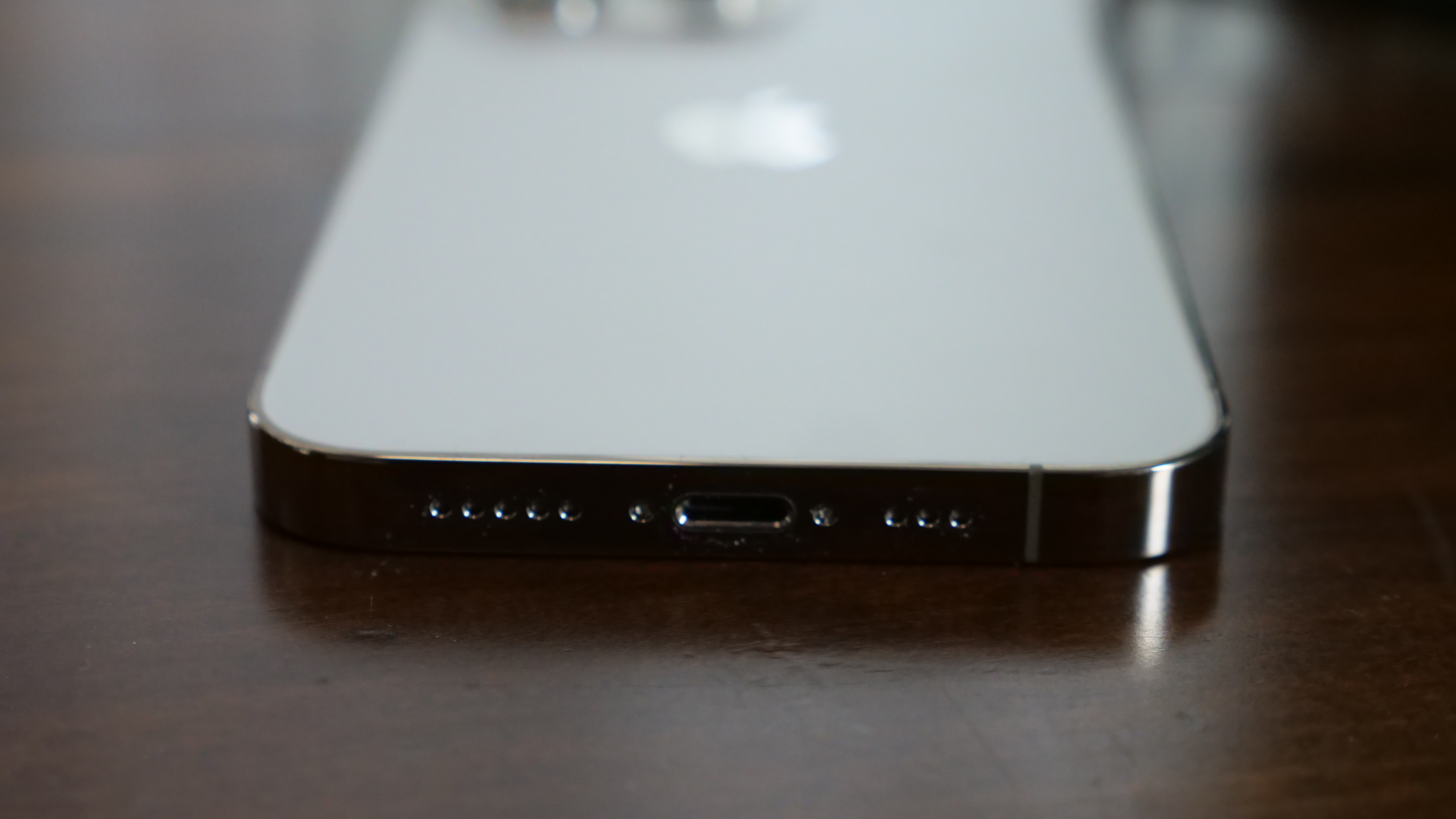
While last year’s iPhones were the outliers in terms of battery life, this is more than just a return to normal for the iPhone as the iPhone 13 Pro also outlasts the iPhone 11 Pro (10:24) by over an hour and a half despite the addition of 5G and the faster 120Hz display.
You would be hard-pressed to kill the iPhone 13 Pro in a day of usage; I never managed it during the week I’ve spent with the phone. My typical day with a review device starts at 7:30 a.m. and goes until 10:30 p.m. with Netflix and/or YouTube streaming on Wi-Fi for roughly two hours, light web browsing, using social media, gaming for about 30-45 minutes and capturing photos and videos. I never got below 30% battery remaining on the iPhone 13 Pro, even on the days when I was capturing a considerable amount of photos and 4K video.
While the iPhone 13 Pro battery life is worthy of a place on Mount Olympus, the charging reveals it to be a mere mortal. The 20W fast charging for the iPhone 13 Pro pales in comparison to the 65W Warp Charger for the OnePlus 9 Pro that can charge the phone to 99% in just 30 minutes. Using the 20W Apple charger (that you need to purchase separately) the iPhone 13 Pro hit 25% in 15 minutes and 53% after 30 minutes. Wireless Qi charging either via a stand or Apple’s MagSafe is still available and we are starting to see more 3rd-party support for the latter.
iPhone 13 Pro cameras
While the faster performance and 120Hz display are great, the cameras are the biggest reason to upgrade to the iPhone 13 Pro. Last year, the iPhone 12 Pro was a Pro Jr. to the iPhone 12 Pro Max when it came to the cameras with the lack of sensor-shift and a weaker telephoto lens. This year, you get all of the camera prowess in a smaller package.
That includes an upgraded 12MP wide-angle primary sensor that now offers an astounding f/1.5 aperture and larger 1.9um pixels for better low-light performance than ever before. The 12MP ultra-wide gets an even more dramatic boost up to an f/1.8 aperture (from f/2.4). Finally, the 12MP telephoto extends to a 3x optical zoom from 2x, but it drops to an f/2.8 aperture from f/2.0.
Apple’s A15 Bionic also unlocks improvements to the overall camera performance on the iPhone 13 Pro with its new ISP (image signal processor) along with machine learning and AI enhancements aimed at enhancing computational photography and videography.
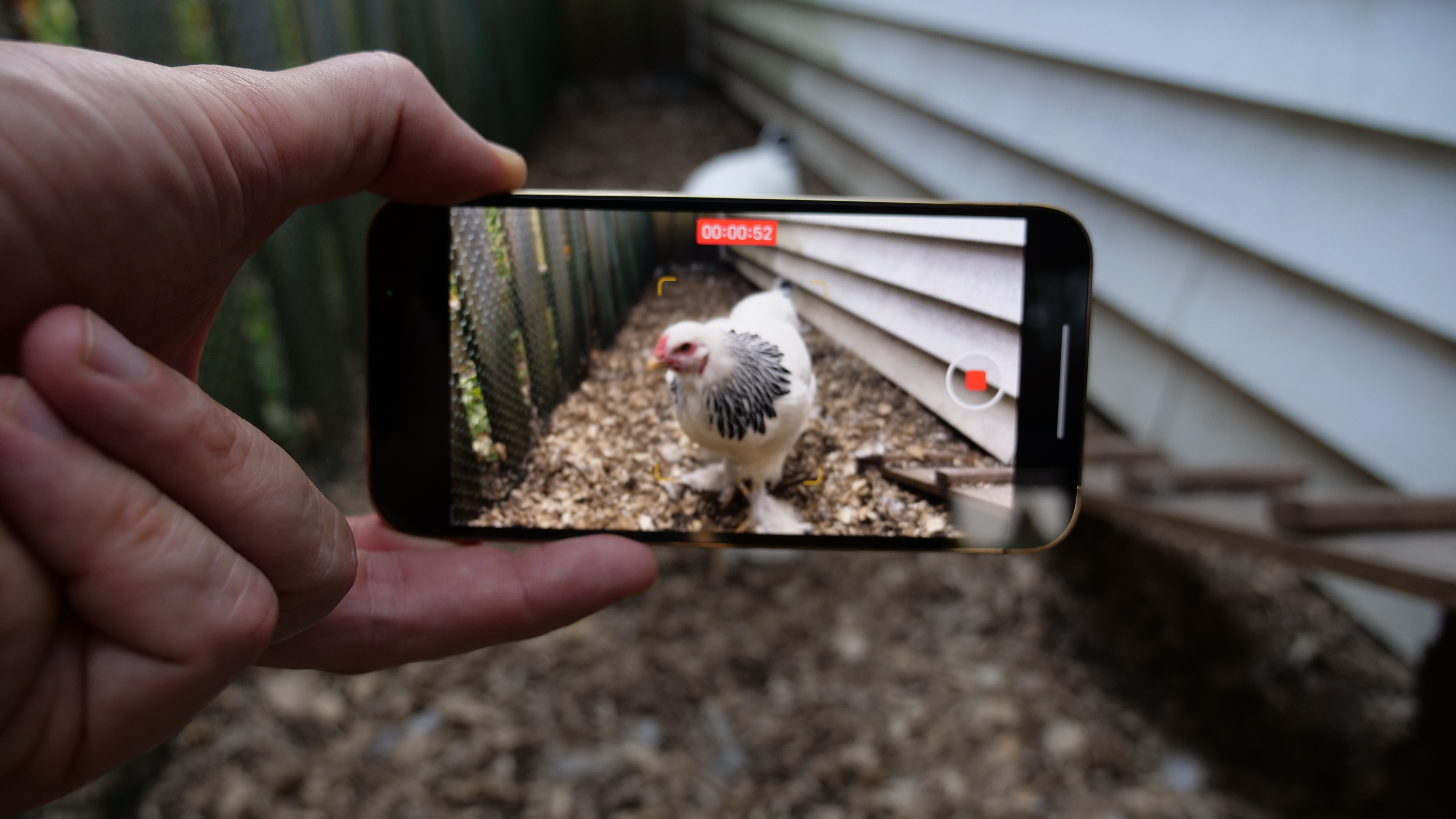
That’s just looking at the hardware; Apple has a number of new software features as well. While the Cinematic Mode which lets you capture shifting depth of field in video, is garnering considerable attention from reviewers, it feels at present like a gimmick that will go unused by most people. With that said, TikTok may have a field day with it.
The Photographic Styles, on the other hand, is a potential game-changer that I’ll be surprised if others don’t knock off in short order. Photographic Styles lets you fine-tune the iPhone camera output to your liking with tone and warmth settings. By default, you have Standard, Rich Contrast, Vibrant, Warm and Cool, but you can tweak any of these styles and the camera will then default to whatever you last chose with a new look just a swipe away. For those iPhone fans who prefer the Pixel or Samsung look, you can at least come close. As someone who has never been a huge fan of Apple’s default look, this may be the biggest innovation of the iPhone 13 camera.
The other new feature Apple introduced with iPhone 13 is a macro mode using the ultra-wide lens. While this largely feels like a gimmick too, you can capture some fun images with it and it is vastly superior to the output you’ll get from the dedicated macro lenses seen on some Android phones. Apple has a little bit of tinkering to do with this feature as, at present, you have no control over it. Macro mode simply turns on when the iPhone detects that you are close enough to something, but it’s a jarring transition and can lead to some odd results.
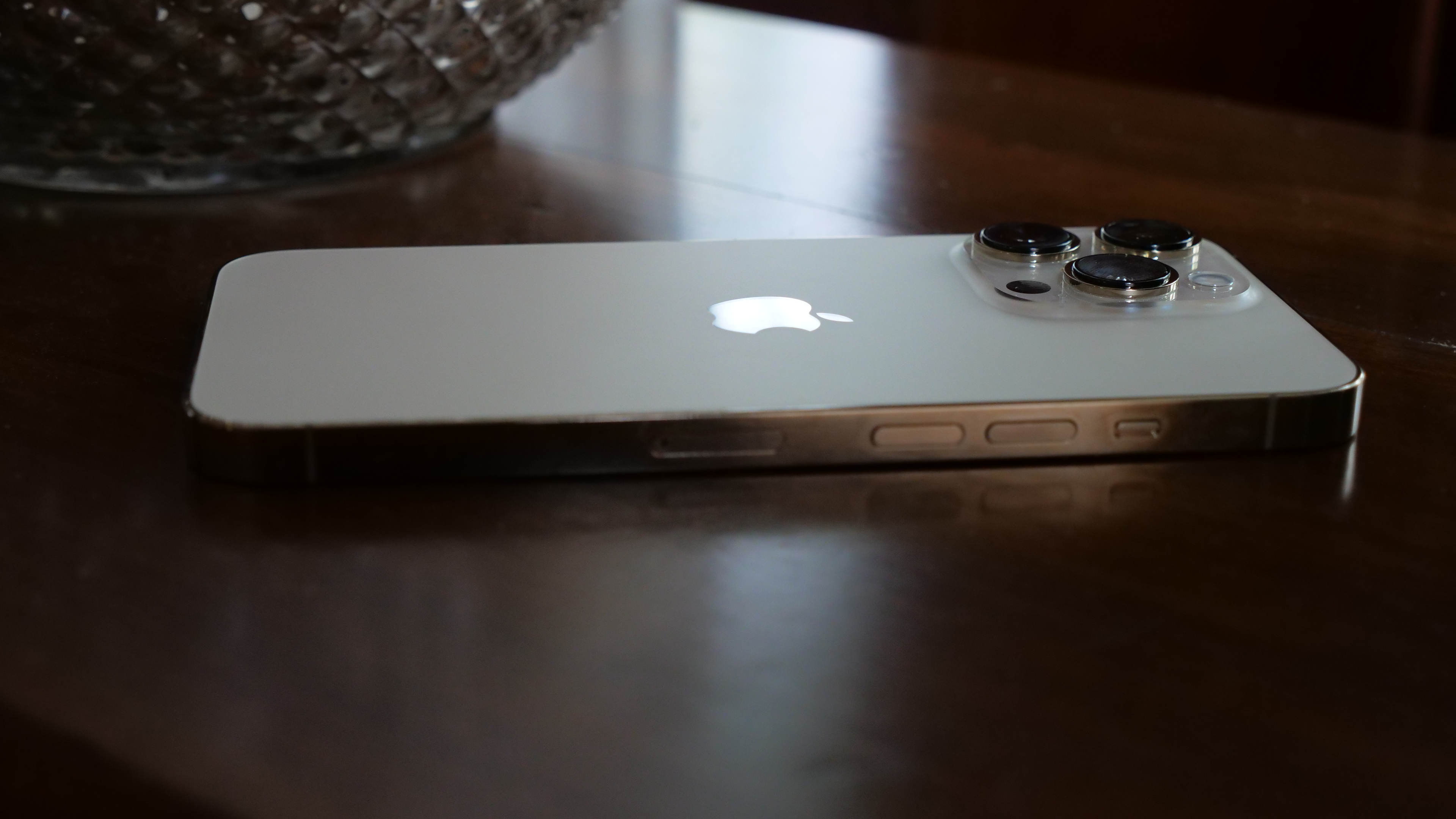
Wide-angle camera
The wide-angle camera on the iPhone 13 Pro is superb in virtually any lighting condition thanks to that new f/1.5 aperture. Here’s a sampling of images that I’ve captured with it over the last week including some in extremely low lighting. The first shot is of my chickens which makes for a great example given the shaded area with less than optimal lighting. The iPhone 13 Pro still delivers the crisp white of our Brahma chicken with every individual feather down to her tufted feet in sharp detail. You also can see the nice natural bokeh from this lens despite my being a few feet back from her.
The witch gives you a great look at the low-light and night mode performance of the lens. I included a photo of the scene without night mode to give perspective on just how dark it was. Critically, the night mode was able to do its thing 3 seconds, short enough that your subject doesn’t have to be still life.
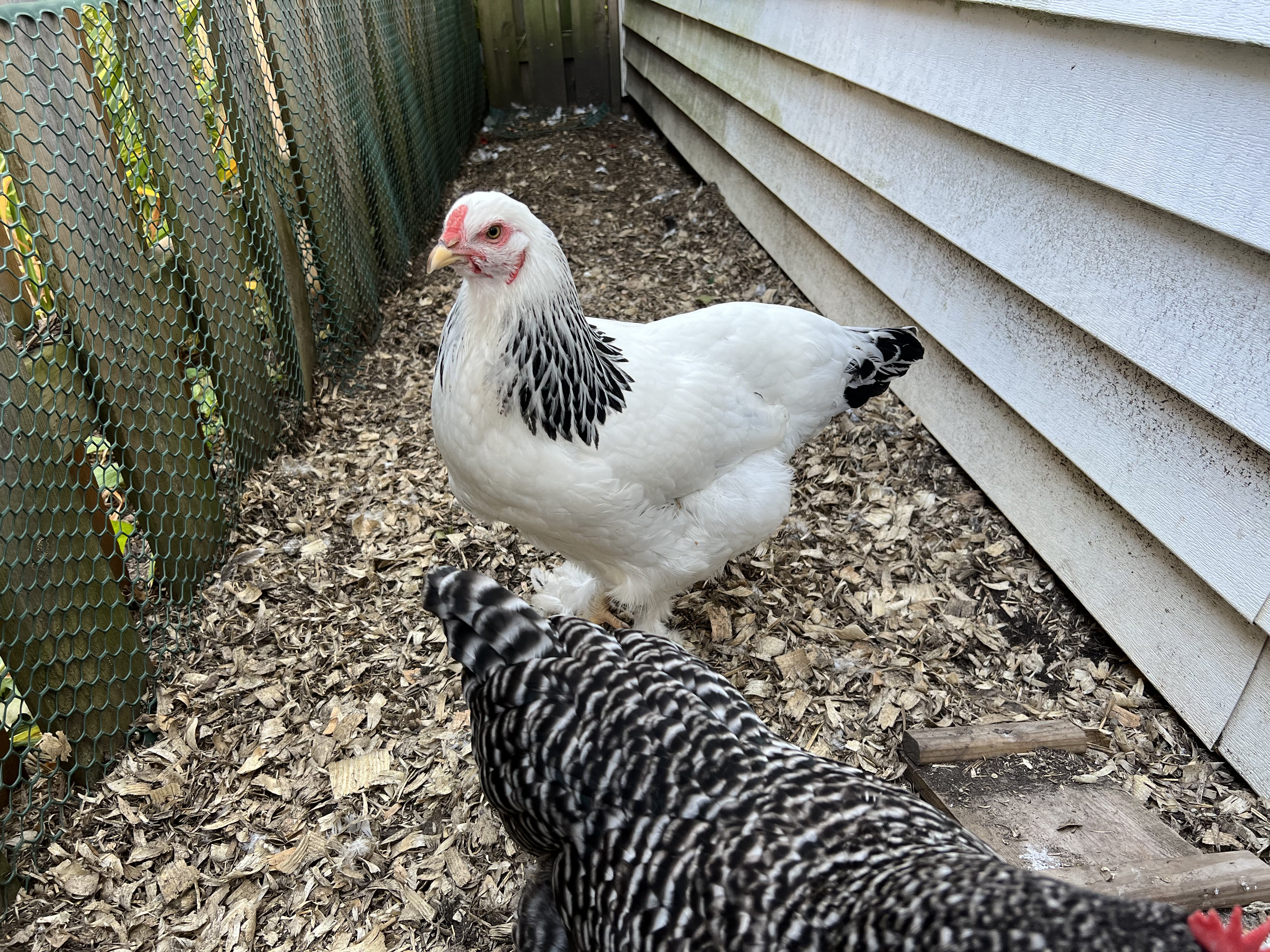
iPhone 13 Pro wide-angle camera

iPhone 13 Pro wide-angle camera
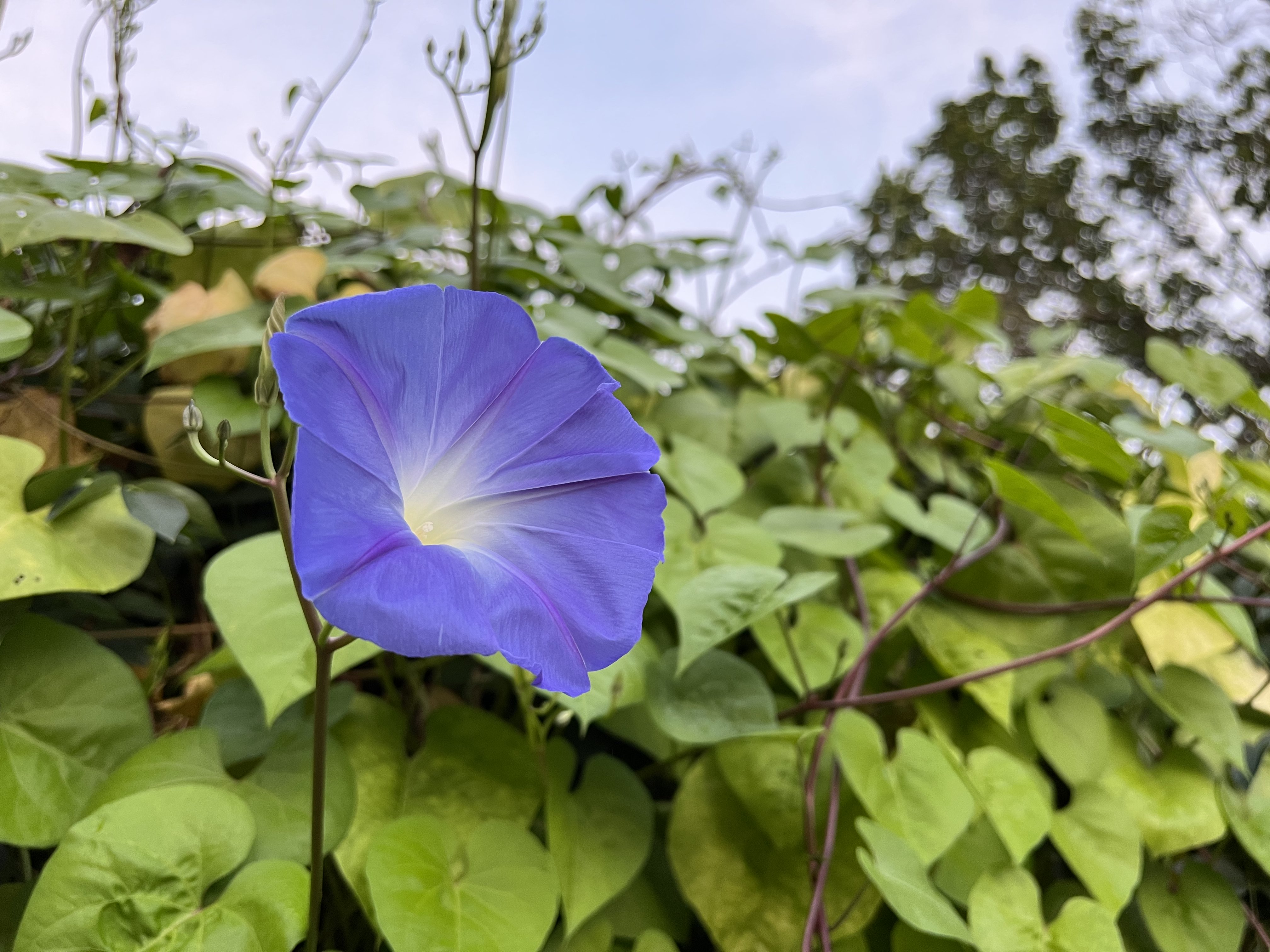
iPhone 13 Pro wide-angle camera

iPhone 13 Pro wide-angle camera

iPhone 13 Pro wide-angle camera

iPhone 13 Pro wide-angle camera - Night Mode on
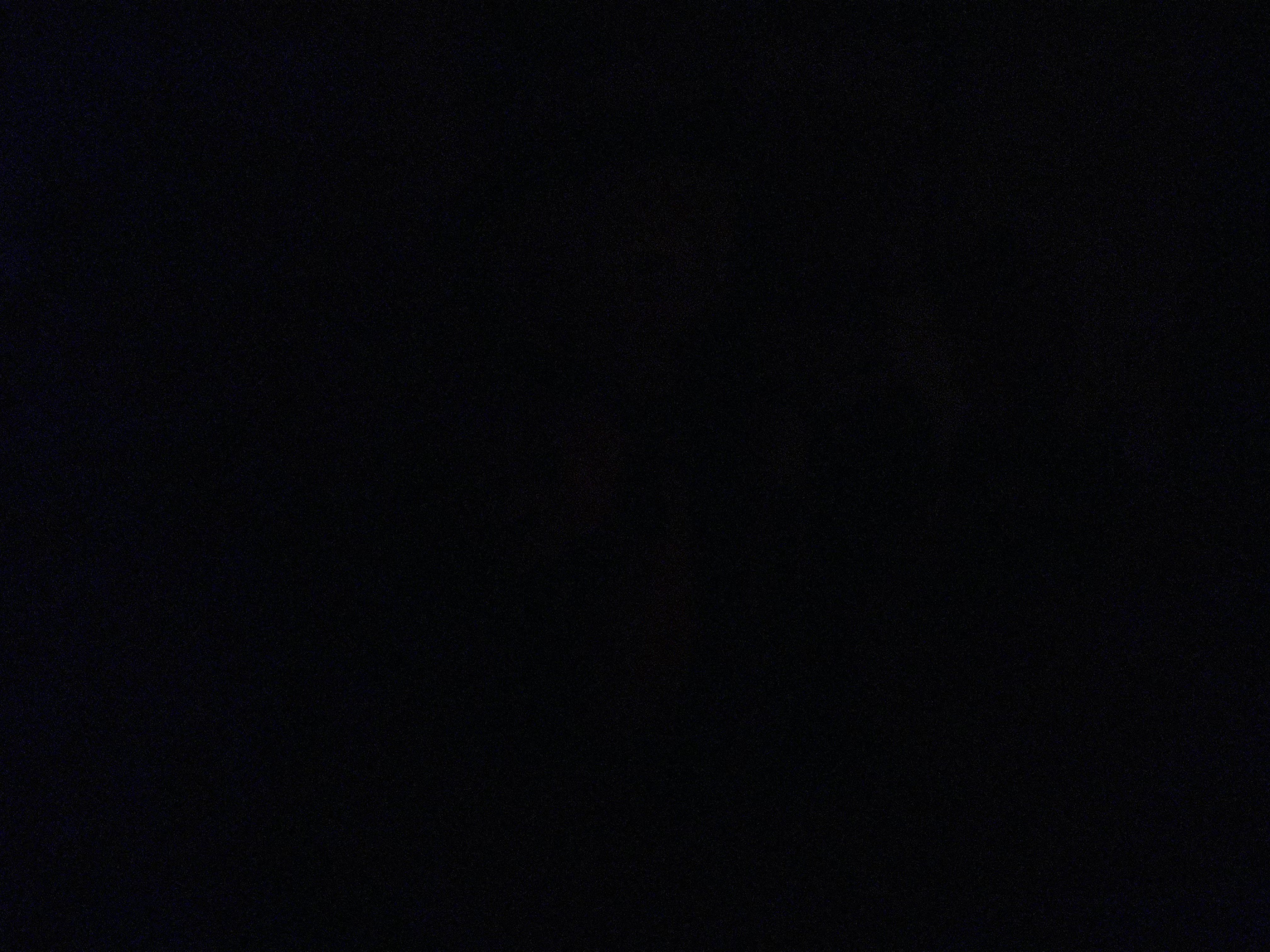
iPhone 13 Pro wide-angle camera - Night Mode off
The ultra-wide took a much more significant leap than the wide-angle, at f/1.8 it now matches the aperture of the primary camera from many flagship Android phones. This won’t matter for your daytime photos of landscapes, cityscapes or group photos, but it will make a difference for twilight or night shots. You also now have access to night mode on the ultra-wide sensor, a feature that was previously limited to the primary camera.
This shot of a pond at sundown shows off some of these capabilities with the sensor exposing properly for the sun in the background along with the greenery in front of me without losing the deep blue of the sky. As I mentioned, the macro functionality on the ultra-wide is the other notable addition, and while you won’t likely use it too often, this shot of an ant crawling across a flower in our garden should give you an idea of the level of detail it is able to capture.

iPhone 13 Pro ultra-wide camera

iPhone 13 Pro ultra-wide macro

iPhone 13 Pro ultra-wide macro

Samsung Galaxy Z Fold 3 telephoto 2xiPhone 13 Pro ultra-wide macro

iPhone 13 Pro ultra-wide camera
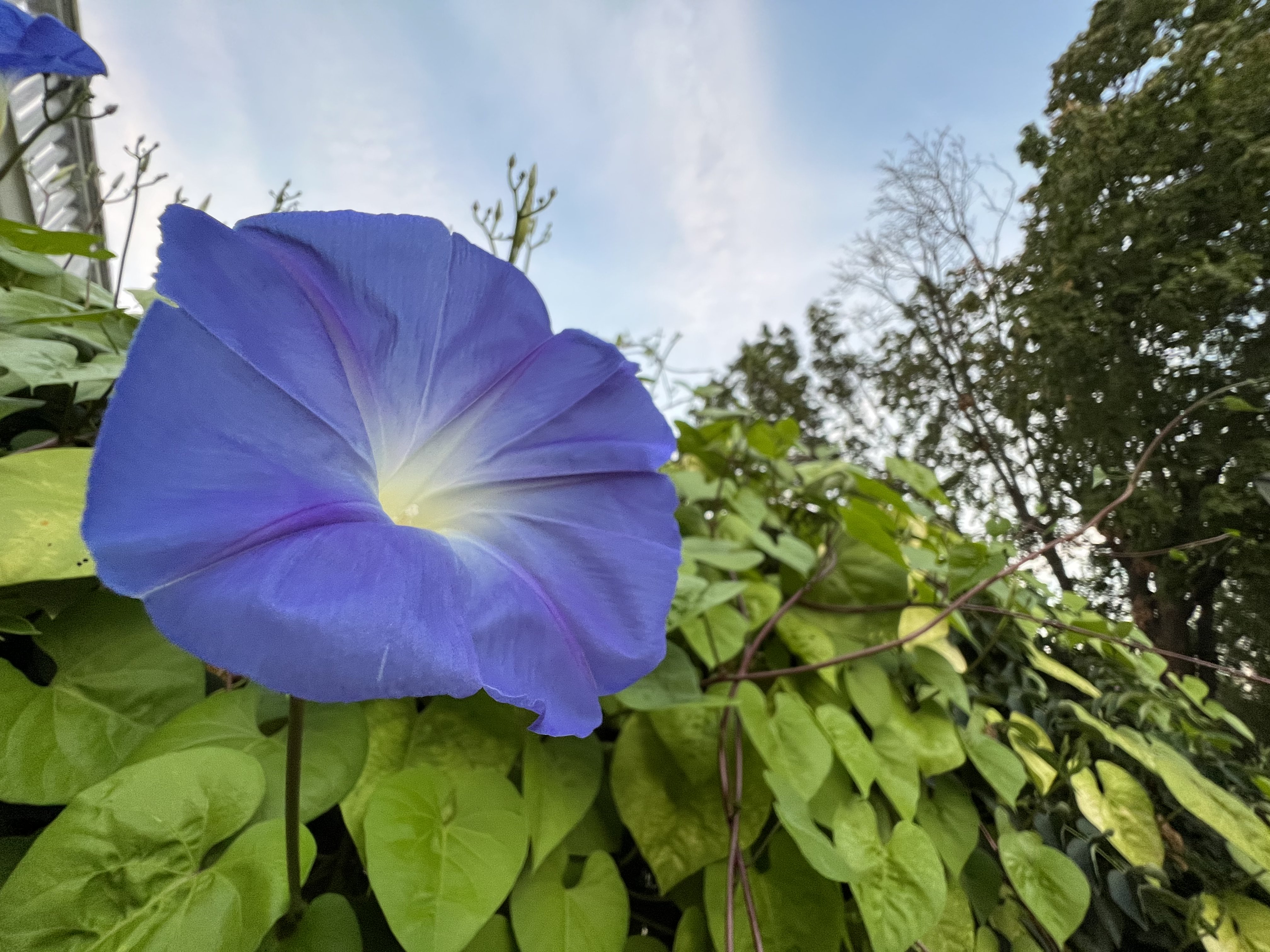
iPhone 13 Pro ultra-wide macro
Telephoto camera
The telephoto on the iPhone 13 Pro is the biggest disappointment to me. To be clear, you can get some fantastically sharp results with it. While the image that I captured of the purple flowers didn’t really require a telephoto to capture, it was still one of my favorite photos that I took with the iPhone 13 Pro so far.
Where I am disappointed is the 3x optical zoom. The equivalent of a 77mm lens, it just isn’t quite enough to me. Having used the Galaxy S21 Ultra with a 10x optical zoom, the extra reach makes a considerable difference. This photo of a white heron landing in the distance is the best example I have so far. It’s an OK shot, but I lose too much detail when I crop to zoom in on it. Trying to extend to the 15x digital zoom and things fall apart completely. The S21 Ultra can easily go to 20x or even 30x and deliver usable images. Clearly, Apple still has a lot of catching up to do here.

iPhone 13 Pro telephoto 3x zoom

iPhone 13 Pro telephoto 3x zoom

iPhone 13 Pro telephoto 15x zoom

iPhone 13 Pro telephoto 15x zoom

iPhone 13 Pro telephoto 3x zoom
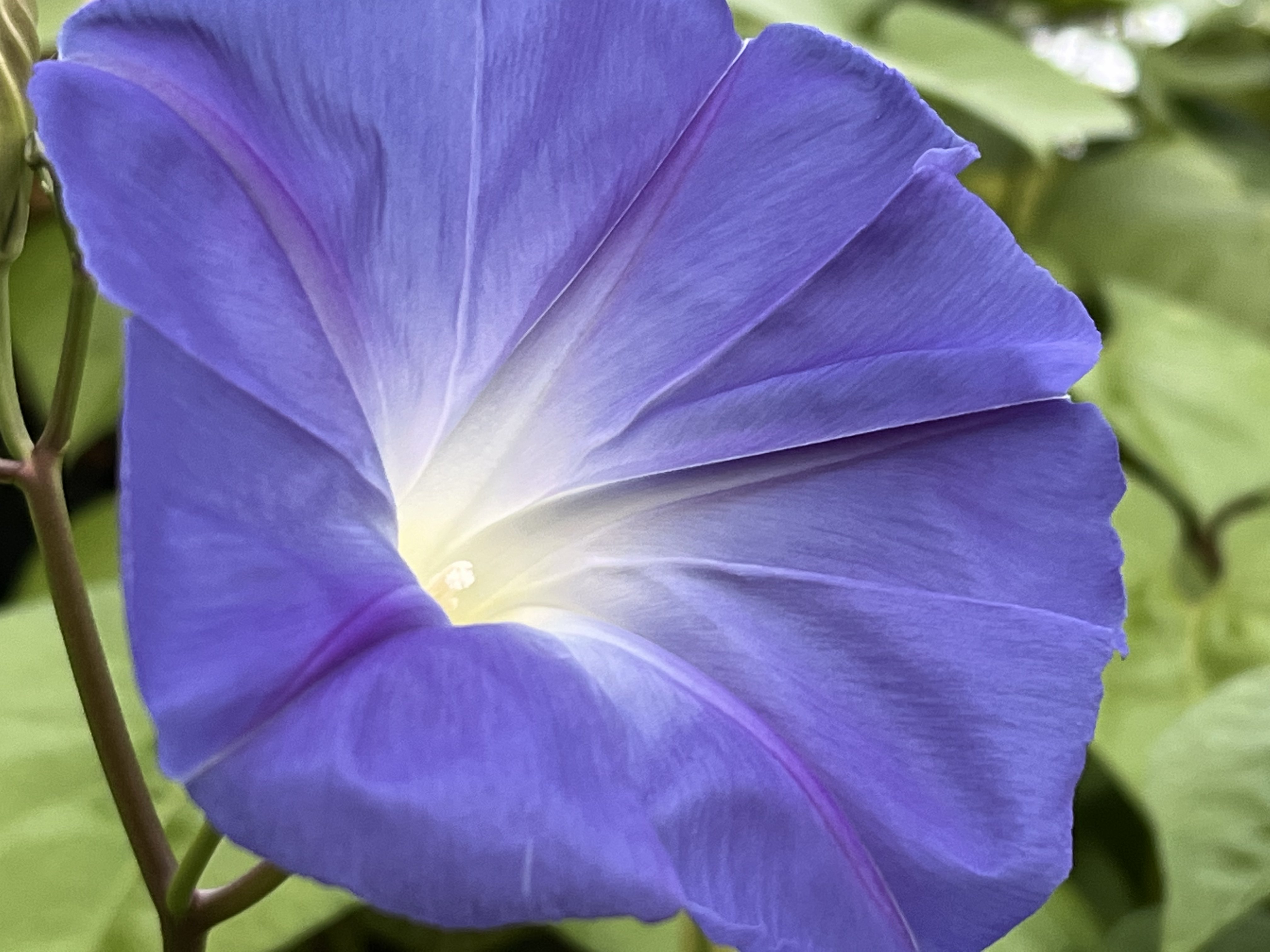
iPhone 13 Pro telephoto 3x zoom
Front-facing camera
The front-facing camera on the iPhone 13 Pro is the only sensor that went unchanged from last year. That’s not really an issue; the 12MP sensor still performs excellently, and when used with Apple’s varied Portrait lighting options can deliver some of the best selfies of any phone. Looking at my samples ,I feel like Apple has taken another step forward with its computational photography for portraits as well with the front-facing camera given how it handled my occasional stray hairs at the edges better than it did in the past.

iPhone 13 Pro front-facing camera

iPhone 13 Pro front-facing camera

iPhone 13 Pro front-facing camera

iPhone 13 Pro front-facing camera
iPhone 13 Pro software
The iPhone 13 Pro runs iOS 15, which is also available for any iPhone going back to the iPhone 6S from 2015. Leaving aside the features, which we’ll touch on briefly, this is the most significant software advantage Apple enjoys with double the length of software support that the best Android phones offer.
iOS 15 isn’t a massive sweeping update to the operating system, instead, I’d characterize it as a collection of conveniences. Each small update and added feature makes the overall user experience better, but none of them alone will make or break your iOS experience.
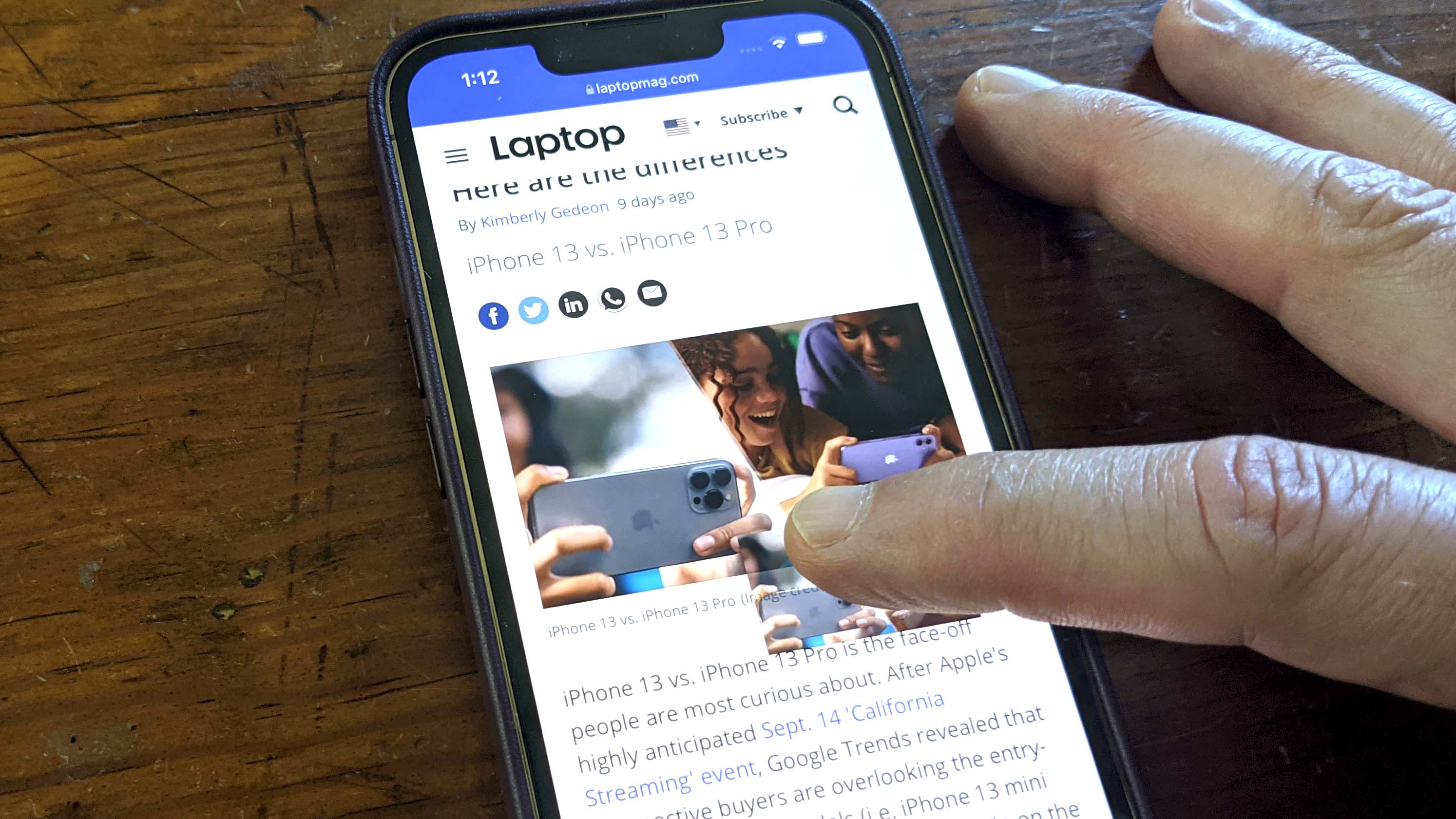
Some notable updates include the ability to have FaceTime calls with Android users, drag and drop content between apps and temporarily mute notifications for any app. None of those sound like they are going to change your life, but they add up.
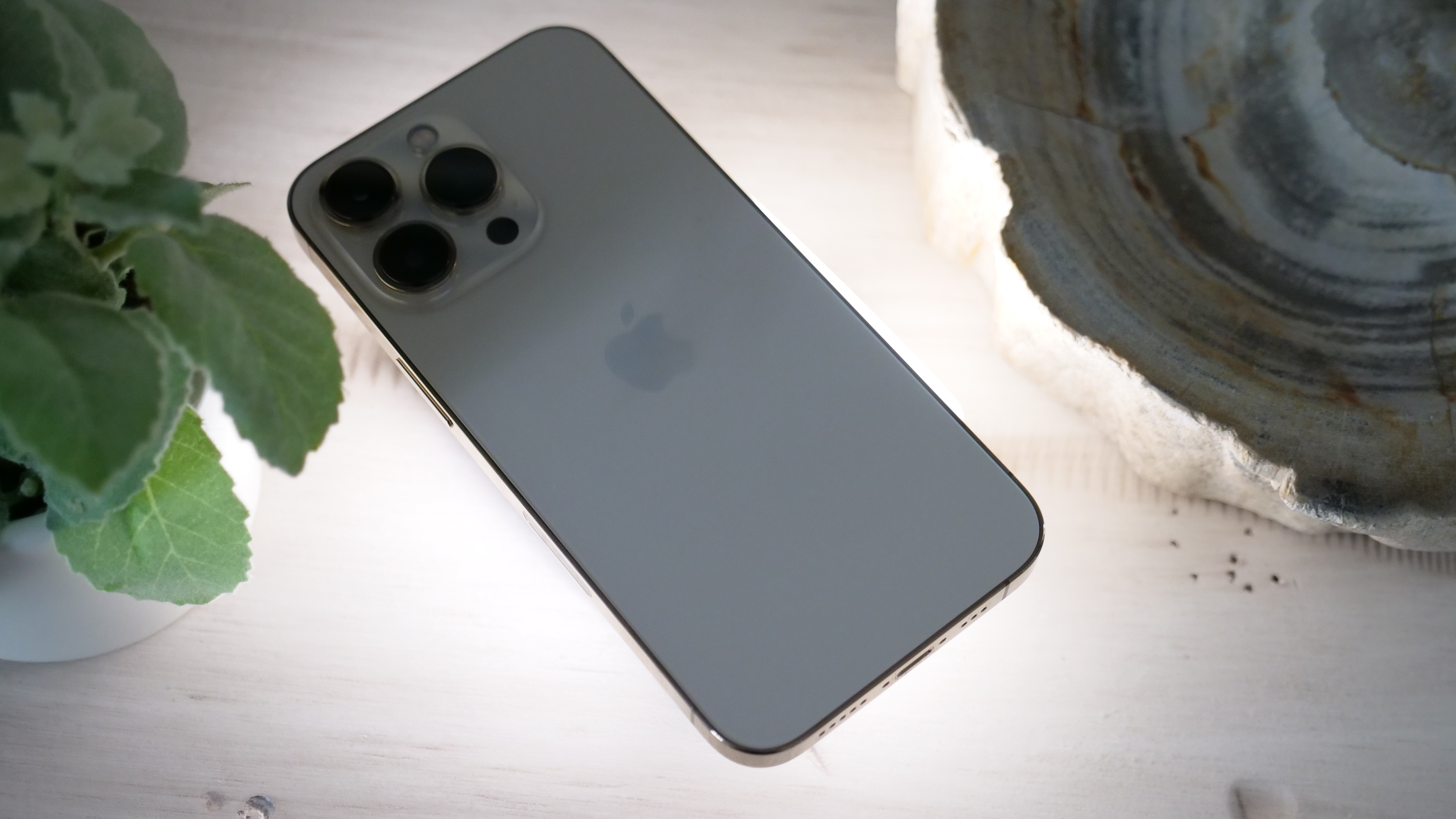
Bottom line
The lack of any meaningful design changes for the iPhone this year is going to cause some to dismiss these phones, especially given the compelling iPhone 14 rumors we're already hearing. However, the iPhone 13 Pro in particular is a massive step up versus last year’s model.
It rights all of the wrongs of the iPhone 12 Pro with almost three additional hours of battery life, a camera array that matches the iPhone 13 Pro Max, and a 120Hz ProMotion display. The lack of a periscope zoom camera and truly fast charging are the only features that hold me back from saying this can match the best that Android has to offer, but it handily wins the performance war, so it’s a question of priorities.
If you only buy a new iPhone every 3 to 5 years, then I understand the inclination to wait for a potentially big redesign next year. But rumors are only rumors, and the iPhone 13 Pro will not disappoint should you splurge on one today.
Sean Riley has been covering tech professionally for over a decade now. Most of that time was as a freelancer covering varied topics including phones, wearables, tablets, smart home devices, laptops, AR, VR, mobile payments, fintech, and more. Sean is the resident mobile expert at Laptop Mag, specializing in phones and wearables, you'll find plenty of news, reviews, how-to, and opinion pieces on these subjects from him here. But Laptop Mag has also proven a perfect fit for that broad range of interests with reviews and news on the latest laptops, VR games, and computer accessories along with coverage on everything from NFTs to cybersecurity and more.
